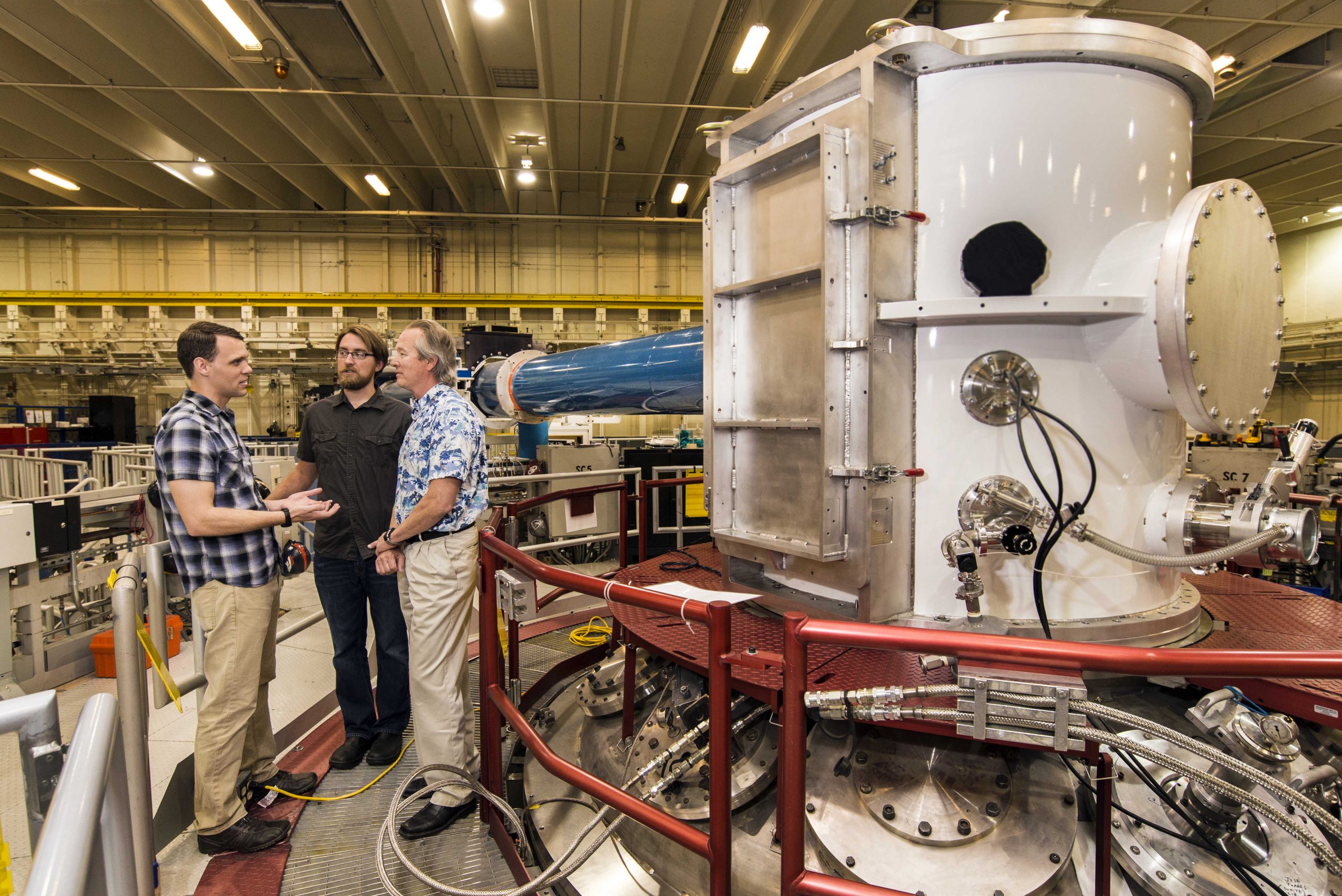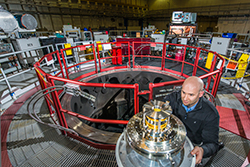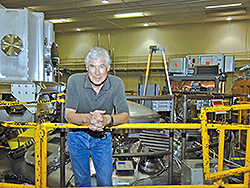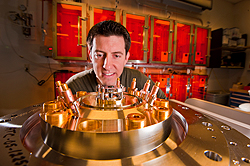September 22, 2014 • ALBUQUERQUE, N.M. — Researchers at Sandia National Laboratories’ Z machine have produced a significant output of fusion neutrons, using a method fully functioning for only little more than a year. The experimental work is described in a paper to be published in the Sept. 24 Physical Review Letters online. A...
Topics: deuterium, fusion, laser, magLIF, magnetic fields, nuclear fusion, Physical Review Letters, tritium, Z, z machine



